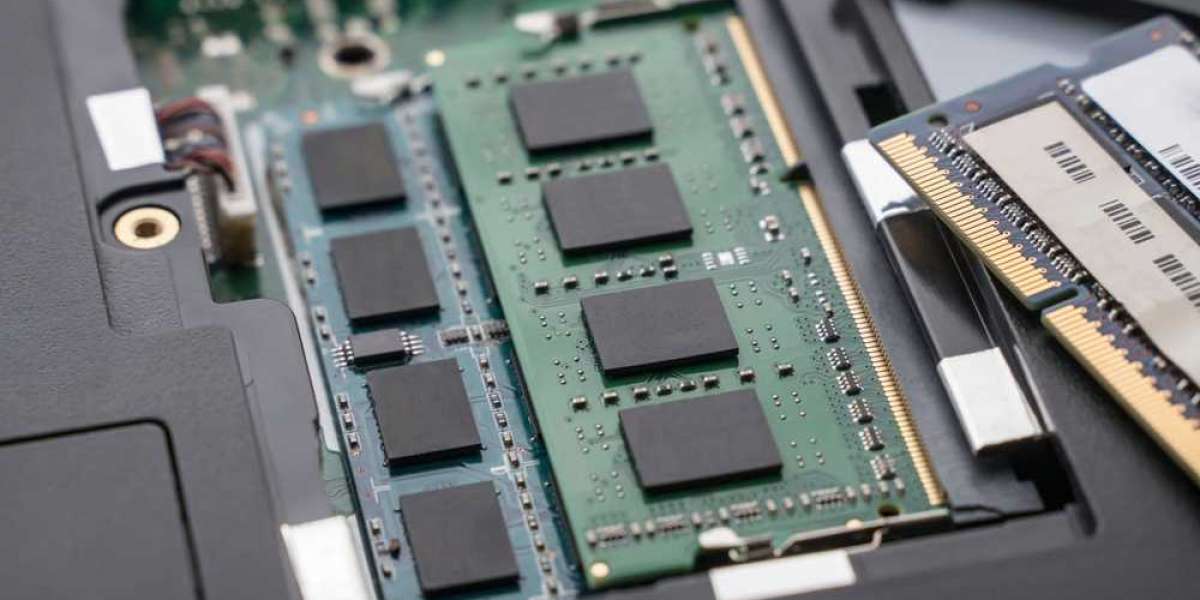Rambus Memory, often known by its technical acronym RDRAM (Rambus Dynamic Random Access Memory), was developed by Rambus Inc. in the early 1990s. The memory technology was designed to address the increasing need for faster data processing in computers and other electronic devices. At its peak, Rambus memory promised significant advancements in speed, making it an attractive choice for high-performance applications.
Key Features of Rambus Memory
Rambus memory is known for its high-speed data transfer and unique architecture compared to traditional DRAM (Dynamic Random Access Memory) technologies. Unlike conventional memory, which uses a parallel bus to transfer data, Rambus Memory utilizes a serial bus with high-frequency signaling, providing an enhanced bandwidth. This allows the memory to achieve much faster data transfer rates, especially important for performance-intensive tasks such as gaming, video editing, and scientific computing.
One of the most significant features of Rambus Memory is its ability to deliver data speeds that exceed the capabilities of older DRAM technologies. In particular, the bandwidth of RDRAM chips can exceed 1GB per second, making it a powerful solution for systems that require heavy data throughput.
Advantages of Rambus Memory
The primary advantage of Rambus memory over traditional DRAM was its superior data bandwidth. At the time, it was revolutionary in its ability to keep up with the increasing demand for faster processing speeds, especially in gaming consoles, workstations, and high-end computer systems. Furthermore, Rambus technology supported high clock speeds, enabling faster processing of large amounts of data.
Another advantage of Rambus was its high-density memory architecture, which allowed for smaller memory modules with greater capacities. This made it possible to pack more memory into a smaller space, improving overall system performance without sacrificing physical real estate.
Challenges and Decline of Rambus Memory
Despite its high-performance capabilities, Rambus Memory faced several challenges in achieving widespread adoption. One major hurdle was the high cost of production, as the technology was expensive to manufacture compared to traditional DRAM. Additionally, Rambus’ proprietary nature led to compatibility issues with other memory technologies, causing reluctance from manufacturers to integrate it into their systems.
Another challenge was the emergence of DDR (Double Data Rate) memory, which quickly gained traction due to its more affordable manufacturing costs and better overall compatibility. DDR memory technology eventually surpassed Rambus in terms of market share, leading to a decline in the use of RDRAM.
Legacy and Current Relevance
While Rambus memory may not have achieved long-term dominance in the market, its legacy lives on in various memory technologies that prioritize high-bandwidth data transfer. Today, its concepts are reflected in modern memory standards like DDR and GDDR, which continue to push the envelope in terms of data speed and efficiency.
Rambus’ technology is still relevant in certain niche markets such as graphic cards, high-performance computing, and networking devices. In addition, the company continues to innovate in memory and interconnect technologies, ensuring its impact on the industry endures.
Conclusion
Rambus Memory may not have completely revolutionized the memory market as initially expected, but it played a crucial role in advancing the development of high-speed memory technologies. With its contributions, systems today benefit from faster data access speeds and the ability to handle larger data sets efficiently. Its influence is still seen in modern memory standards, ensuring that Rambus’ legacy continues in the digital age.








